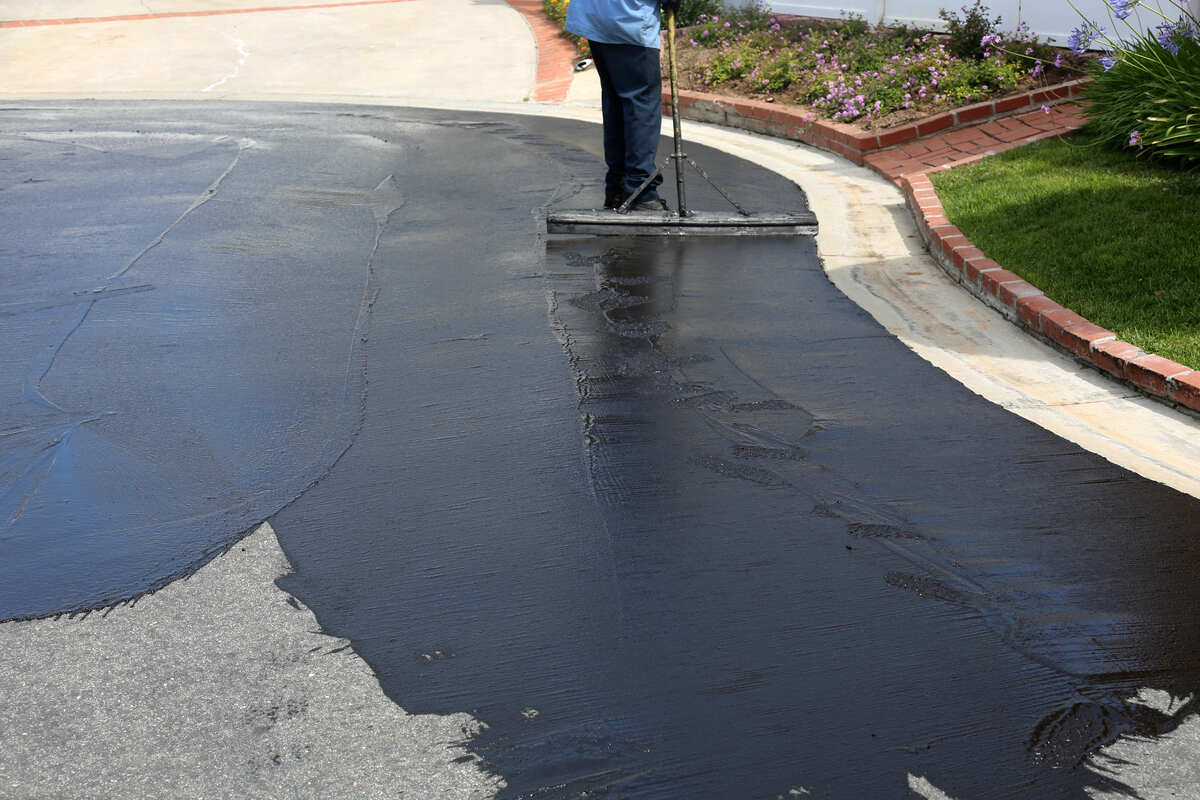Residential Driveway Sealcoating will protect it from the elements, increase its look, and extend its lifespan, among other advantages. But to obtain the most from these benefits the suggested maintenance procedures following the Professional Seal Coating are the Best methods to ensure your freshly seal-coated surface stays in perfect condition for many years.

Preserving Pavement Integrity An Edge Protection Strategy
Edges play an important role in keeping the pavement integrity and appearance. It is recommended to seal them after seal coating. These areas are typically the first to experience the effects of traffic, water infiltration, and other external factors that can lead to damage. This will help to ensure that the whole seal coated surface stays tough, durable, and attractive. Here is an Edge Protection Technique that Works.
Sealcoat Application
Be sure to apply the seal coat evenly so that it extends slightly above the edges of the pavement. This gives a smooth transition and guards against precipitation and wear.
Edge Guards
Use edge guards or curbing for the protection of pavement edges physically. These barriers prevent vehicles from driving on the edges directly so that there is no risk of damage and proper drainage is ensured.
Regular Inspections
Seal Coating Specialist Perform regular pavement edge inspections to identify any signs of damage or wear. Manage cracks, chips, or edge deterioration on time to avoid other problems.
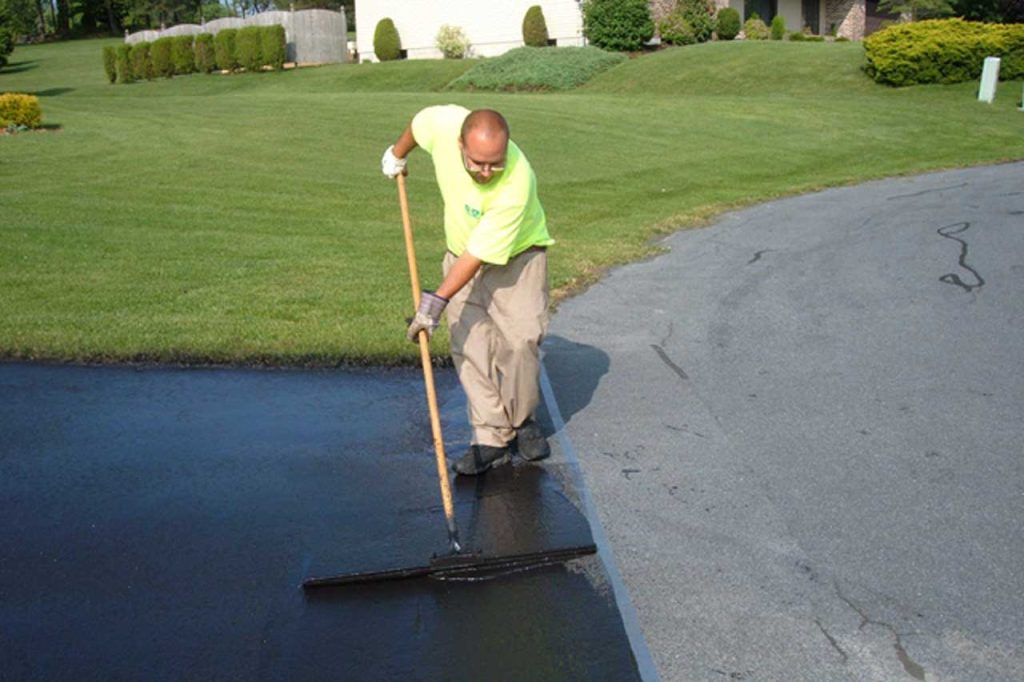
Crack Sealing
Sealing cracks along the edges immediately to stop water and decay. Make sure you use high-quality crack sealants that stick well to the pavement surface and provide long-life protection.
Proper Drainage
Take measures to ensure that drainage mechanisms like gutters and drains are to reroute water away from the pavement edge. Good drainage lowers the chance of water-related damage.
Traffic Management
Implement traffic control measures to stop cars from driving or parking close to the pavement edges. Designate edge protection zones with the help of signs, markings, or barriers and use them to discourage encroachment.
Allow Proper Curing Time for Sealcoated Surface
One of the most significant issues that should be kept in mind when dealing with freshly seal-coated pavement is that it should be given time for its proper curing. Curative in this case is that seal coat material dries and hardens to form a waterproof layer/ membrane/ film over the pavement surface. If there is unnecessary quickness and no time allowed for curing, the strength of the seal coating can be compromised and will wear out or cause damage much earlier. Several factors can influence the time required for seal coat curing.
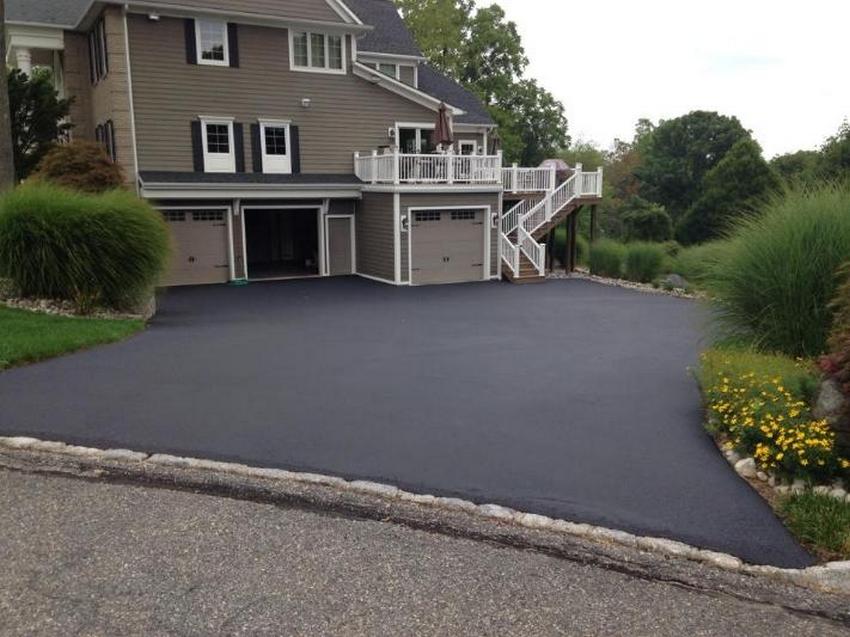
Weather Conditions
To cure properly, the temperature, level of humidity, and exposure to the sun are all necessary factors. Warmer temperatures often accelerate the speed of curing, although, low temperatures or humid conditions result in the opposite. The direct sunlight may further assist curing but it could also make the seal coat dry at a faster rate, resulting in more problems.
Classification of Sealcoat
Curing times may differ by the type of seal coat material used. Acrylic-type sealers, for instance, normally cure quicker than coal tar or asphalt sealer types. Liaise with your supplier to find out the professional of the curing polymer.
Thickness of Application
Deeper seal coat thicknesses will require longer cure time whereas thinner ones will cure faster. The right application methods, shown by the manufacturer, will result in obtaining maximum cure but never at the expense of the toughness and the performance.
Preventing Chemical Spills on Sealed Surfaces
Chemical spills, like oil, gasoline, or solvents, can damage seal-coated surfaces and lead to loss of integrity and beauty. Establishing preventive measures to hinder chemical spills is a prerequisite for the protection of the effectiveness and durability of seal coating.
Useful Tips to Exclude Chemical Spills
Store all chemicals, such as fuels, oils, and solvents, in separate containers which are secure and leak-proof. Make sure that containers are labeled correctly and observe safety guidelines for handling and storage.
Spill Containment Kits
Have spill containment kits handy wherever chemicals are handled or stored, e.g. garages, maintenance facilities, or fuel stations. These kits will usually comprise absorbent materials, barriers, and protection gears for fast spill response.
Secondary Containment
Implement secondary containment measures like drip pans, spill berms, or containment pallets to prevent spills from getting out of control and seeping into seal coated surfaces.
Spill Response Procedures
Set up specific spill response procedures and train staff on how to react immediately and adequately to chemical spills. This includes preventing the spread of the spill, notifying proper controls, and cleaning up the affected area in a safe manner.
Benefits of Routine Inspections for Sealcoated Surfaces
Routine inspections are very essential for maintaining the seal coated surface, this is because you will be able to identify any problems that may arise early and correct them immediately to extend the value of your investment. Regular inspections can be crucial for the discovery of the aging signs which can further be used to address these issues with a proper solution.
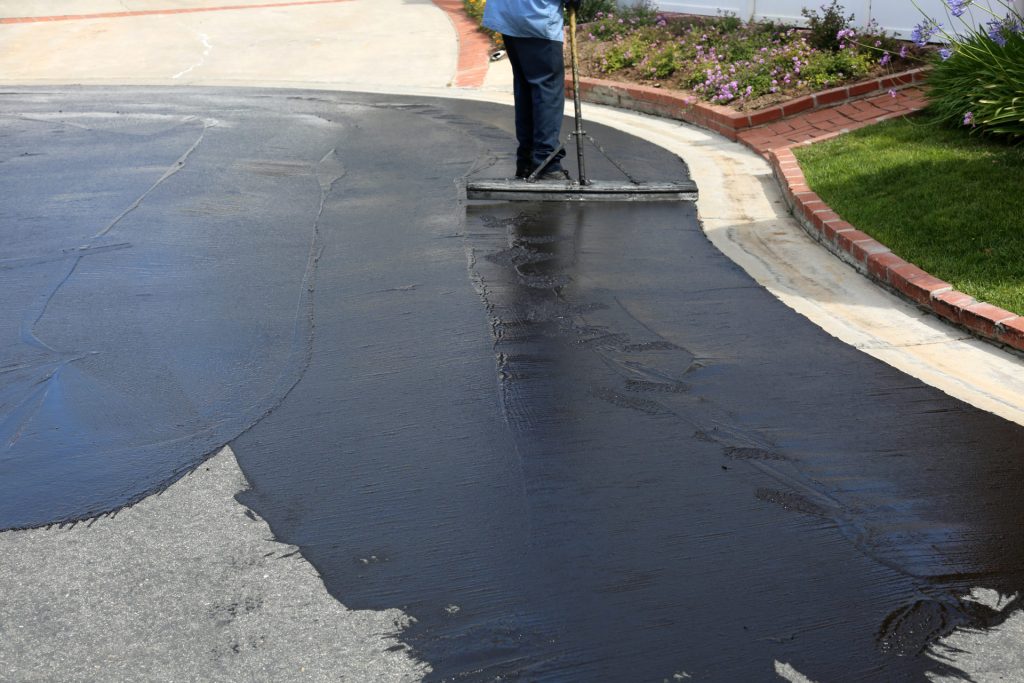
Early Detection of Issues
Routine checks allow you to detect little faults that can grow into bigger future dangers. Detection of cracks, stains, or worn-out areas before they become worse paves the way for timely repair and saves costs.
Preservation of Sealcoat Integrity
Inspections that are done at regular intervals are important for the preservation of the seal coat because they reveal where it may have become too thin, peeled off, or damaged. Taking care of these quickly gives longevity to the seal coat and preserves the pavement below.
Optimal Performance
Proper maintenance involves routine inspections of your seal coated surfaces so that they function adequately. Through timely treatment of the necessary maintenance requirements, you can avoid safety problems, ensure good looks, and achieve maximum effects of seal coating.
Cost Savings
Early prevention and repairs will lead to the economy in the long run. Routinely detecting and fixing smaller problems is comparatively more cost-effective than replacing major features or dealing with structural failures.
Resealing is the Key to Success for Surface Sealcoating
Periodic resealing becomes a part of good maintenance infrastructure that allows for maintenance of the integrity, quality of appearance, and maintenance of seal coated surfaces and their condition. Wear and tear from traffic flow, natural aging, and environmental exposure are some of the unavoidable factors seal coating has to deal with as the coat gets older. A timely resealing period allows the protective barrier to be maintained, as a result, the pavement’s lifetime is prolonged and the advantages of seal coating are maximized.

Restores Protective Barrier
Gradually, the seal coat layer can get worn out as a result of vehicular traffic harmful sun rays, and weather conditions. The periodic resealing provides a fresh and thus robust storage of the protective layer against water infiltration, UV rays, chemical agents, and abrasion.
Prevents Moisture Damage
Sealcoating is a waterproofing layer that cannot be penetrated by wetness and comes over the pavement layers. Resealing fills any existing cracks and surface defects, and can dramatically lessen the possibility of water corrosion-related damage, like potholes or base deterioration.
Maintains Aesthetic Appeal
Continual resealing further uplifts the look of seal coated roads by renewing color to reduce the damage caused to concrete road surfaces by eliminating fading and creating a smooth, uniform finish. It does refurbish the curb appeal of properties thereby raising the visual impression.
Extends Pavement Lifespan
The seal coat and the underlying pavement’s longevity can be prolonged through periodical resealing because this will ensure the preservation of the seal coat’s integrity. This translates into the lesser need for vital parts to be replaced and, in the end, saves time and money.
Best Techniques for Periodic Resealing
Identify the right time for resealing considering factors including the amount of traffic, environmental conditions, pavement age, and also previous seal coating application. Usually, resealing is recommended every dozen years, but the time may be changed according to the conditions.
Surface Preparation
Before Surface resealing, make sure the surface is cleaned properly from dirt, debris, oil stains, and other contaminants. Seal cracks, potholes, or any other kind of surface defects as needed to ensure a smooth and even application of the new seal coat.
Select Quality Products
Select good quality seal coat products that are fit for your pavement type and the weather conditions. Keep in mind factors such as durability, UV resistance, and performance specifications when choosing seal coat material.
Seal Coating Specialist Assistance
Consider hiring experienced Professional Seal Coating Service Providers to undertake the resealing process. Experts have the skills, tools, and support needed to achieve professional-looking results.
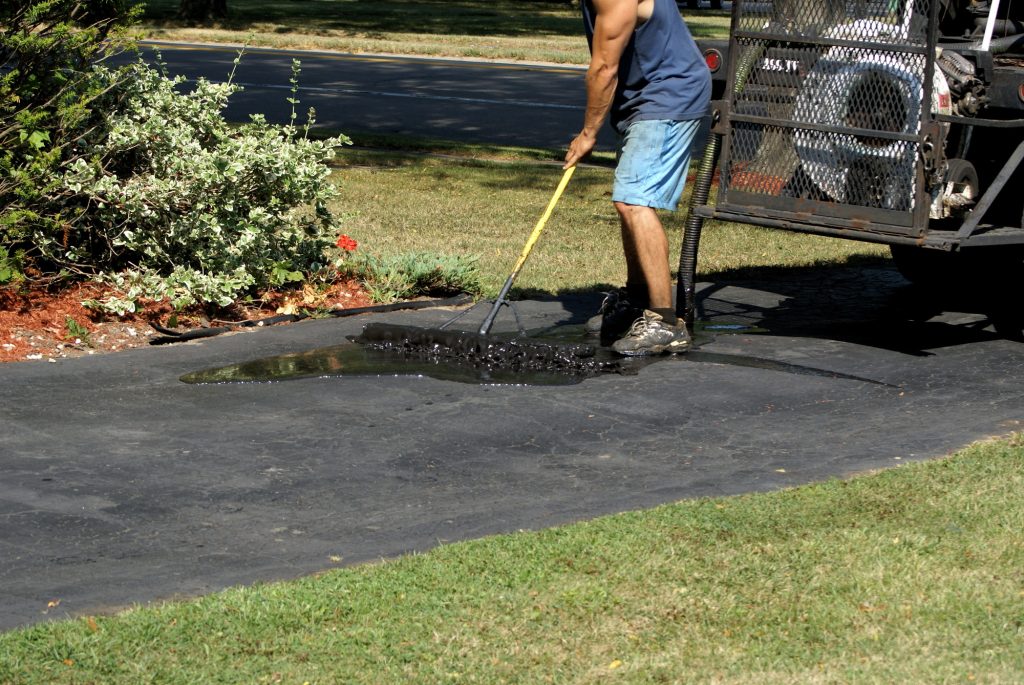
Conclusion
By doing so, you can say that your seal coated surface will be durable, attractive, and functional for years to come. Good aftercare is an important element when saving money and using the advantages of seal coating. Routine maintenance and preventive care will save you time and money in the long run and you will be able to keep your pavement in its best condition.

